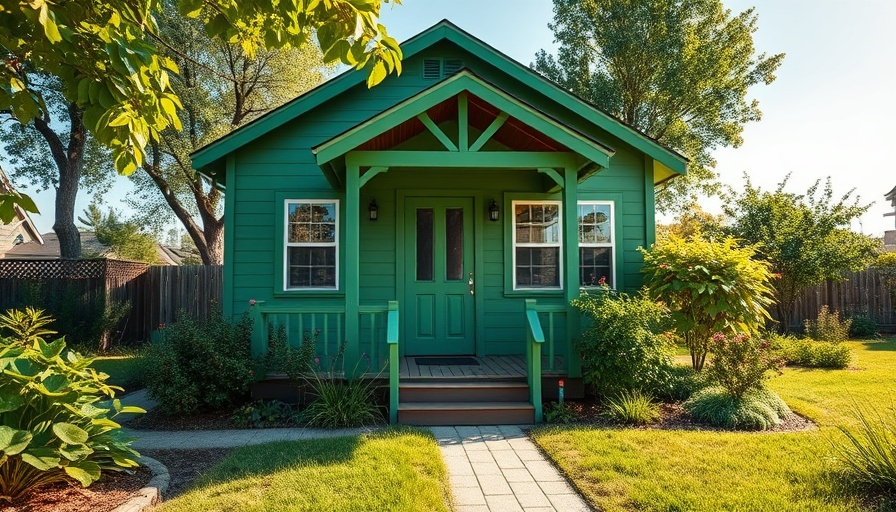
The Evolution of Starter Homes in Today’s Housing Market
Starter homes have traditionally served as the gateway to homeownership for many first-time buyers. Defined as the most affordable type of housing available, these properties have been a stepping-stone on the path to larger and more luxurious real estate endeavors. As the landscape of the housing market shifts, however, potential buyers might be questioning whether starter homes still exist in a meaningful way.
Understanding the Starter Home Concept
The concept of a starter home emerged in the post-World War II era, as returning soldiers sought affordable housing to establish stability for their families. These homes typically ranged between 1,200 square feet to 1,600 square feet, comprising two to three bedrooms and often situated in affordable suburban neighborhoods. According to Redfin’s recent data, the median cost of a starter home as of August 2024 rests around $250,000, but this price can fluctuate significantly depending on the location—all the more problematic as many urban centers have witnessed escalating real estate values.
Changing Buyer Expectations and Market Realities
Today, the realm of starter homes is in flux. Homebuyers, particularly millennials and Gen Z, are finding that their ideas of what constitutes a starter home differ dramatically from past generations. Many of them are no longer seeking traditional single-family homes with yards; instead, they are increasingly opting for smaller, more urban properties like condos or townhouses. Elijah de la Campa, Senior Economist at Redfin, notes that a decade ago, a mid-sized, well-located house could be perceived as a starter home, while now, a modest condo or fixer-upper often represents what first-time buyers can realistically afford.
Exploring Your Homeownership Options
The decision to buy a starter home versus continuing to rent is deeply personal and subjective, resting on an individual’s financial circumstances and life goals. For some, the stability offered by a starter home can feel like an important milestone in achieving the American Dream. Others, wary of high-interest rates and competitive prices, may feel a better option is to remain in rental properties until the market stabilizes.
Where to Find Today’s Starter Homes
While starter homes are harder to come by now due to various market dynamics, opportunities still exist in certain areas. Websites like Redfin, Zillow, and Trulia provide valuable listings that can help homebuyers locate available properties that fit their budget. Going beyond online searches, working closely with a knowledgeable real estate agent can unveil hidden gems in neighborhoods that are often overlooked.
Conclusion: Is It Still Possible to Purchase a Starter Home?
In short, while starter homes today may not resemble the cozy, single-family houses of times past, they still hold significance for many first-time buyers striving to enter the housing market. As interest rates remain elevated and housing affordability continues to be a concern, understanding the dynamics of today’s starter homes can guide prospective buyers toward informed decisions. For those keen on making a move, engaging with real estate professionals can yield crucial insights and opportunities.
If you are ready to take the leap into homeownership, it’s important to approach this pivotal decision with strategic planning and a thorough understanding of the current real estate landscape. Seek out resources, consult experienced real estate agents, and tap into listings on platforms like MLS and commercial real estate listings to find your ideal starter home. The market may present challenges, but with the right knowledge and preparation, owning your first property is still within reach.
 Add Row
Add Row  Add
Add 




Write A Comment